Uppiliappan Temple, also known as Thiruvinnagar Venkatachalapathy Temple is a temple dedicated to Lord Vishnu, located near Thirunageswaram, a village in the outskirts of the Kumbakonam in the South Indian state of Tamil Nadu.
The temple is one of the 108 Divya Desams and is one of the most visited in the district.
The presiding deity in this temple, Lord Uppiliappan Perumal stands up to 8 feet tall in the center. Below him Bhoomidevi faces north in a kneeling posture while Markandeya Maharishi who has the boon of retaining his age as 16 forever has the position of marrying his daughter to the Lord.
Constructed in the Dravidian style of architecture, the temple is glorified in the Divya Prabandha, the early medieval Tamil canon of the Azhwar saints from the 6th–9th centuries AD. It is counted as the 60th of the 108 Divya Desams dedicated to Vishnu. Vishnu is worshipped as Uppiliappan and his consort Lakshmi as Bhumi Devi.
The temple is believed to be of significant antiquity and to have been initiated by the Medieval Cholas of the late 8th century AD, with later contributions at different times from Thanjavur Nayaks. The temple has two inscriptions dating from the Chola period, a five-tiered rajagopuram and a granite wall. The complex contains all the shrines and water bodies associated with it.
The history of the temple is mentioned in the Brahmanda Purana, one of the eighteen famed Hindu scriptures. The legend associated with the temple goes like this – Once Tulasi did penance and asked to be given a special place in Lord Narayana’s chest like Goddess Lakshmi. Lord Narayana said that Lakshmi occupied that position after severe penance and she was about to incarnate on the banks of river Cauvery in Earth with the name of Bhumi Devi.
The Lord asked Tulasi to appear there prior to her as a Tulasi plant and Lakshmi will incarnate under Tulasi’s shadow. Tulasi obeyed the order and became tulasi bushes on the Cauvery banks. This is mentioned in the 53rd verse of Nammazhwaar in Thiruviruththam.
Since Tulasi supported Lakshmi’s incarnation, Lord Narayanan rewarded Tulasi as being very special to him in the temple. It is beleived that one who worships Narayana with Tulsi leaves will get the effect of doing an Ashvamedha yagam.
Meanwhile, Mrikandu Maharishi’s son, Markandeya worshipped the Lord Vishnu and desired that Lakshmi should be born as his daughter and the Lord himself should become his son-in-law. One day, when Markandeya reached Thiruvinnagaram, he felt that this was the right place for getting his desire fulfilled.
Markandeya then started a severe penance for 1000 years seeking Lakshmi’s blessings. After a thousand years of severe penance, Lakshmi appeared as a baby under the already incarnated Tulsi plant. Markandeya felt the presence of Lakshmi as the incarnation in the form of the baby and realized that a part of his desire had been fulfilled. He took possession of the baby and raised her.
When this young girl reached the adolescent age, on a day in the palguni month of Sravana Nakshathram, one old man came and Markandeya granted him any one wish. In response, the old brahmin asked Markandeya’s daughter as a bride for his marriage.
The sage Markandeya did not know what to do. He tried all methods to dissuade the old man from insisting upon marrying the young girl. The sage told the old man that his daughter was too young and did not even know how to cook properly. She might even forget to put salt in the eatables, which may result in the old man getting angry and cursing her.
To which the old man replied that he was ready to accept her and her cooking without salt.
Markandeya later realized this was none other the Lord Narayan himself and offered his daughter’s hand in marriage and performed the kanyadanam of his daughter (Lakshmi) to the Lord.
Since the Lord had said that He will accept the food that is not salted as His best and most desired food, this temple Neivethiyam (offering) is always done without salt in any food. The name Oppiliappan (uppu illa appan) is as a result of this legend.
This place is also called ‘Vaikunta Nagaram’, ‘Markandeya Kshetram’, and as ‘Tulasi vanam’.
Devastanam’s record mentions Oppiliappan as Sri Venkatachalapathy. Oppiliappan is considered to be the elder brother of Sri Venkatachalapathy. If anyone is unable to visit Tirumala to offer their offerings, they can visit Oppiliappan and it is considered equivalent of doing that in Tirumala itself. Hence it is also known as ‘Thenn Tirupathi'(Tirupathi of South).
Left hand of Oppiliappa perumal contains the inscription “Maam Ekam Saranam Vrija” made of diamonds which is a verse form Bhagavatgita instructing the whole mankind to devote their pure souls into his lotus feet to attain Salvation.
Inside the praharam, alwars sannidhis are seen on the northern side. Then we can see sannidhis for Krishna and Sri Rama, Garuda’s sannidhi faces towards the sanctum sanctorum.
Lord Rama in the temple complex is very attractive who looks like smiling with the grace to the devotees.
Behind the Garudan’s sannidhi is the dwajasthambam, bali peedam and an eight pillared mantap.
We can see beautiful paintings of dasavatharam and inscriptions of the ‘Thirupavai’ pasurams.
There is a small ‘thulabaram’ to the right side before you enter the sanctum sanctorum. Devotees can offer anything as per their vow except salt.
The prasadams like tamarind rice, fried snacks are prepared without salt. If one tastes them inside the temple, they seem to taste normal. If they take them outside and eat them, they can realize that it does not contain salt.
This temple tank is called as “Ahoraathra Pushkarani”. According to the temple legend, there lived a king called Devasarma and he became passionate about Zaina Muni’s (a Rishi) daughter and had wanted to forcibly take her. Seeing this the rishi cursed him to become a bird. Realizing his mistake he pleaded to the sage for forgiveness. The sage softened by his pleadings asked him (who had become a bird) to go to Markandeya kshetram (now oppiliyappan koil) and hang himself upside down in a tree like bats.
The King did as was told and one night when there was a storm and the branch of the tree the bird was sleeping on broke and fell into the water of this tank. The bird which got duped by this accident in the tank regained its original form as the King and since then this is known as the only tartan that one can take a bath even in the night. In general bathing in the temple tank in the night is not recommended by our scriptures, but the rule is exempted here and hence it is called “ahoraathra pushkarani”. Ahoraatra in Sanskrit meaning day and night.
Uppiliappan is considered the elder brother of the presiding deity of Tirupathi Venkateshwara Temple. The temple is revered in Nalayira Divya Prabandham, the 7th–9th century Vaishnava canon, by Periazhwar, Thirumangai Azhwar and Nammazhwar.
The temple is counted as the 14th in the list of divyadesams in Chola Nadu and 83rd in the overall list. The Azhwars address the presiding deity by various names like Uppiliappan, Vinnagarappan and Venkatachalapathy and his consort Bhumidevi as Bhoomidevi Nachiar and Dharanadevi.
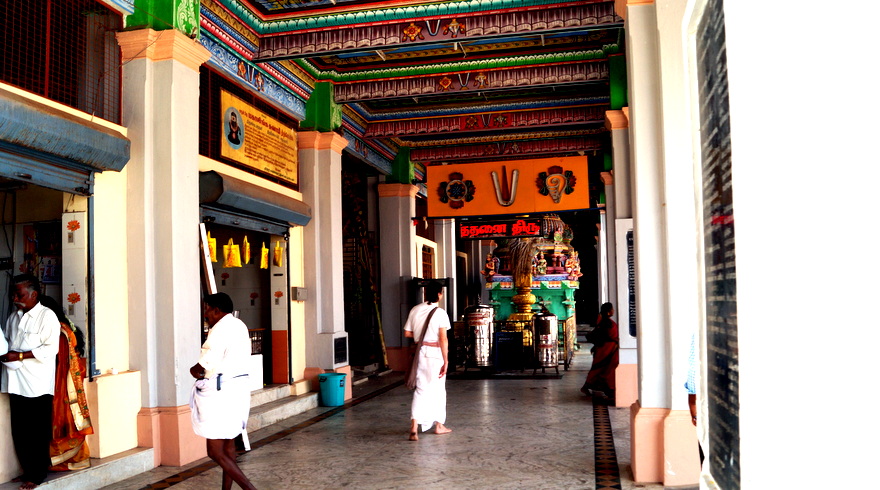
Periazhwar refers to Uppiliappan as Thiruvinnagar Mevvane in his verses in Periathirumozhi while Namaazhwar called him “Thannoppaarillappan”, that is he who has no comparison, meaning there is neither an equivalent nor superior to Vishnu. He mentions “the Lord who by his powers affords solace for pining hearts and renders them fit for service”.
The chariot festival is the most prominent festival of the temple, celebrated for nine days during the Tamil month of Panguni (March–April) and devotees from various places pull the chariot round the streets of temple.
The temple celebrates several other festivals, Vasanta Utsavam (spring festival) for 6 days in the temple garden during Vaikasi (May–June), Pavitrotsavam (purifying festival) for 5 days during Avani (Aug – Sep), Brahmotsavam for nine days of Purattasi (Sept – Oct), Kalyana Utsavam (holy marriage of god and goddess) for 12 days commencing from Sravanam during Aippasi (Oct–Nov), Adhyayana Utsavam (ten-day-and-ten-night festival) during Margazhi (Dec–Jan) and float festival for 5 days during Thai(Jan – Feb).
Sravan Deepam is a festival celebrated every month in the temple on the day of Tamil star of Thiruvonam and devotees observe fast called Sravana Vratham that day by consuming only unsalted food.

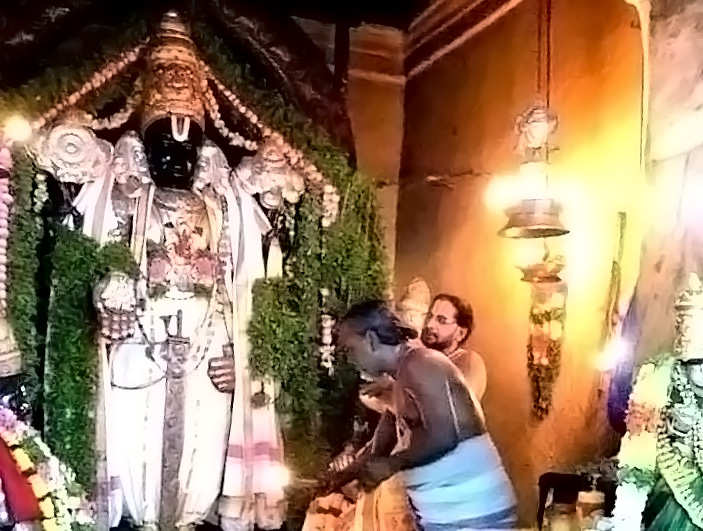
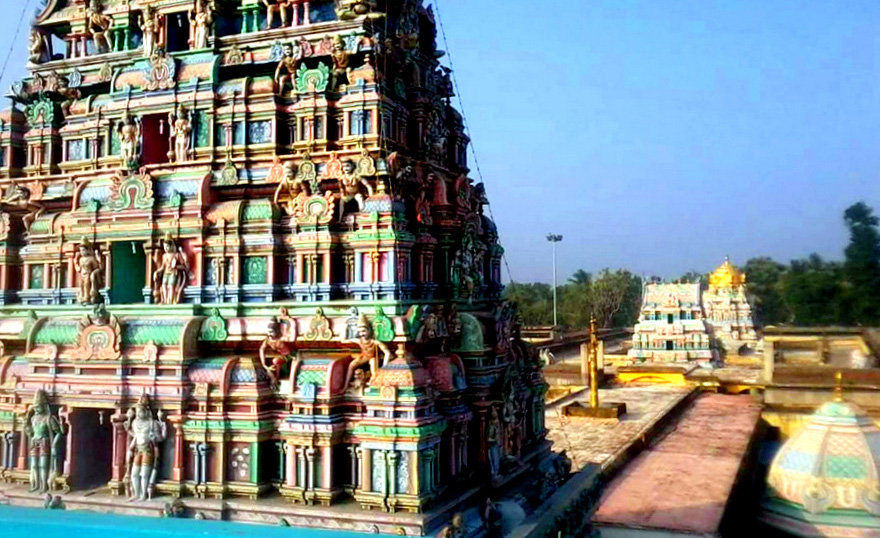
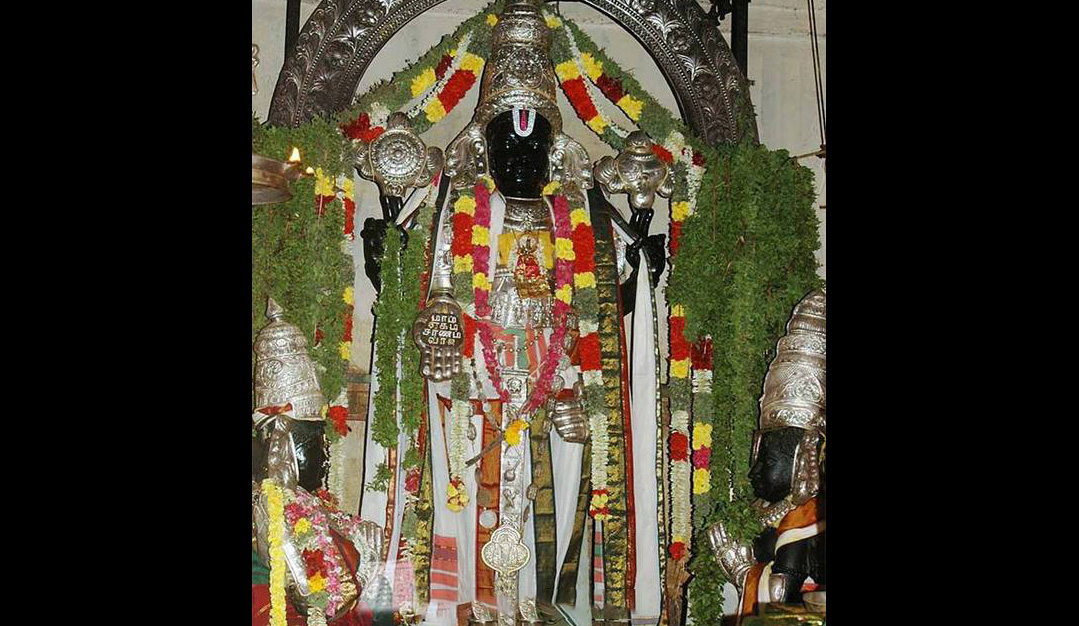
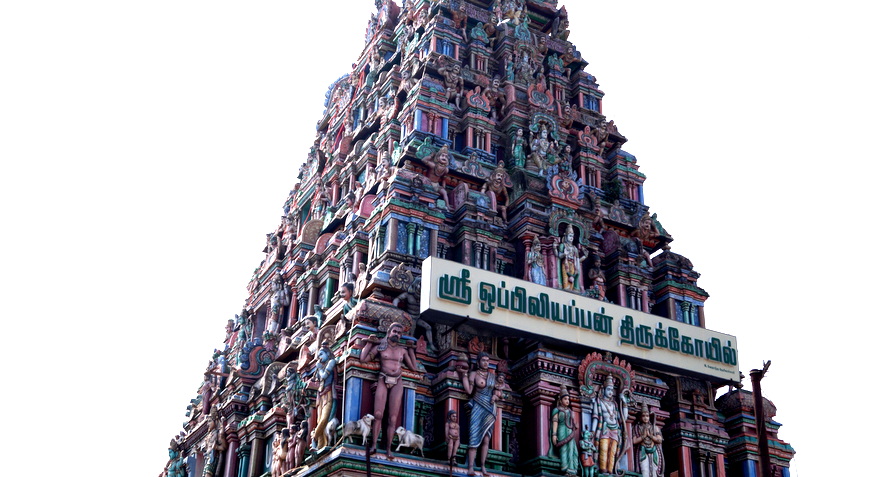
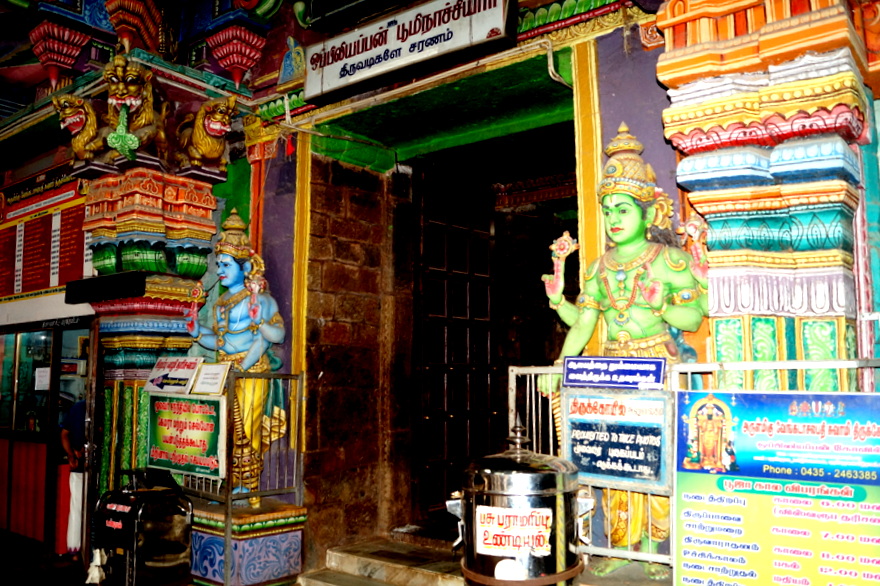
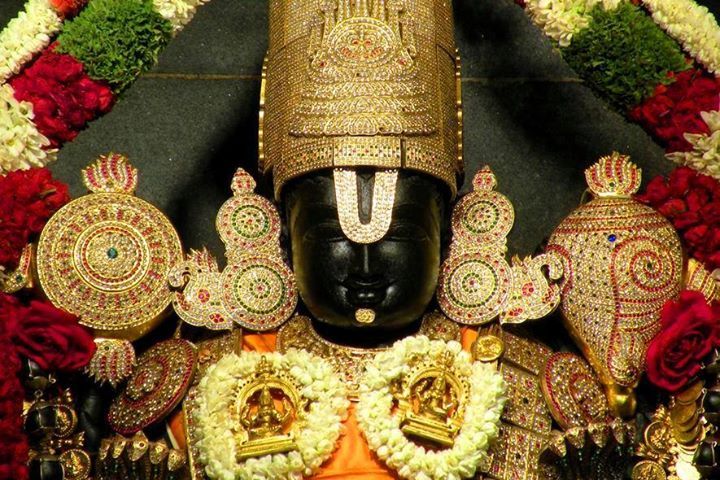
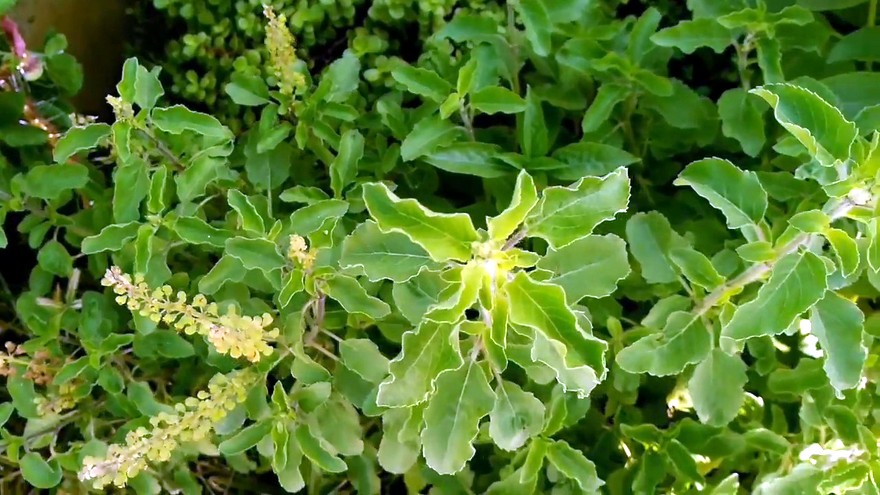
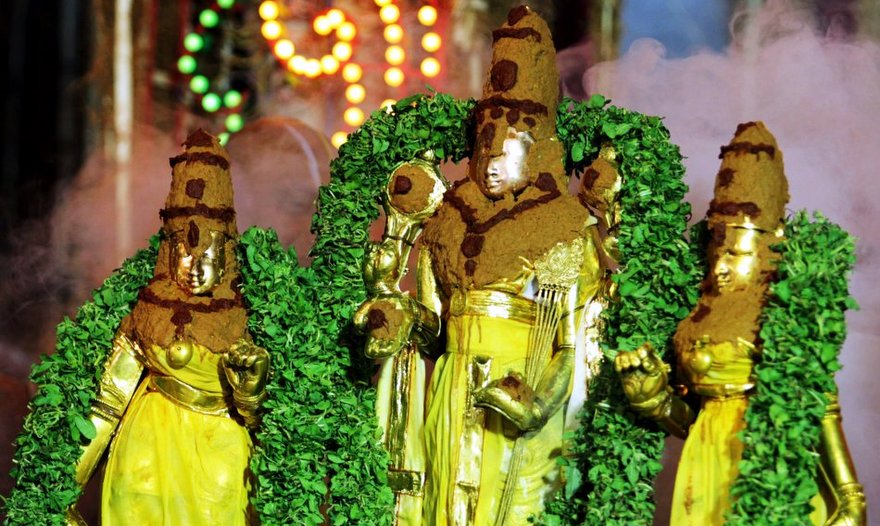

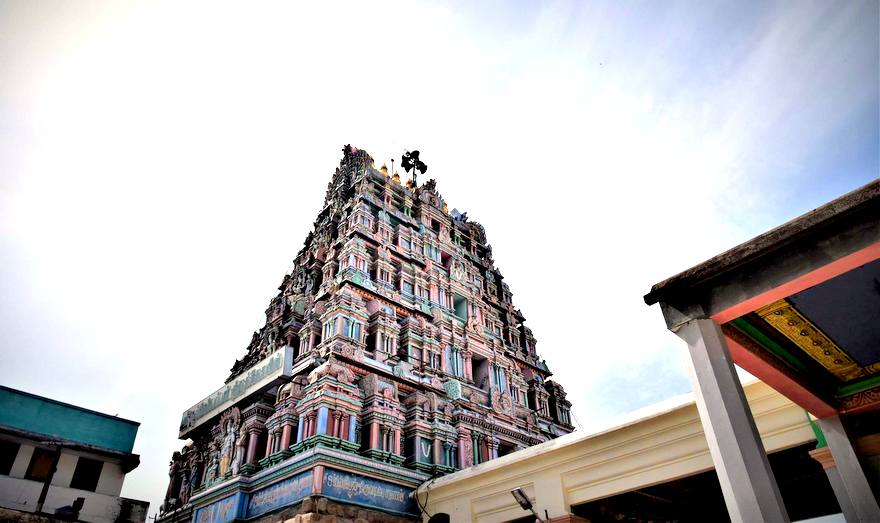
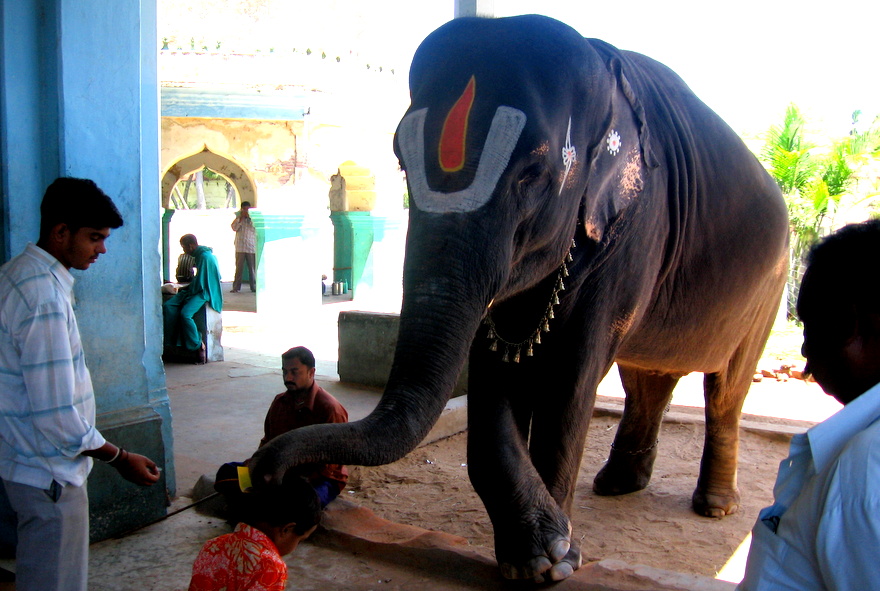

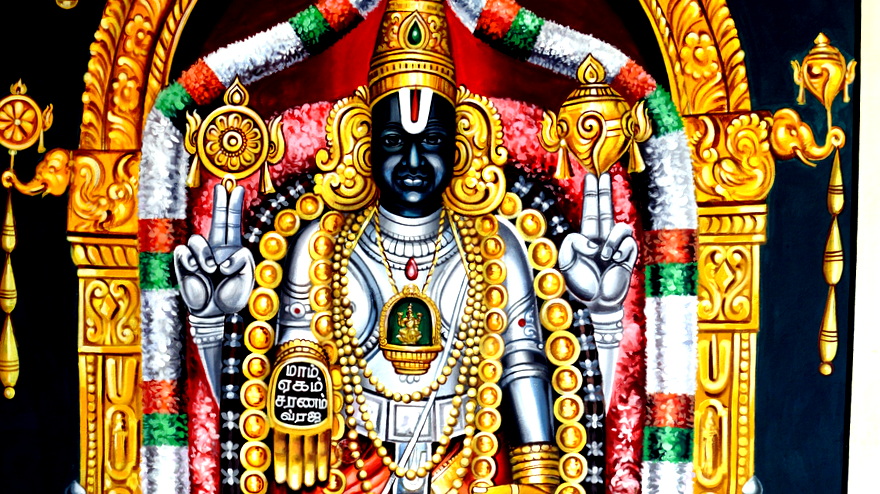
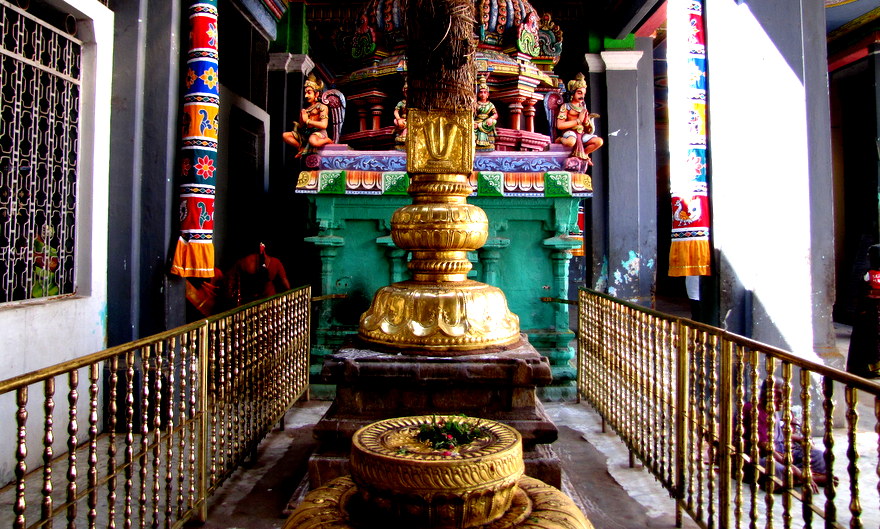
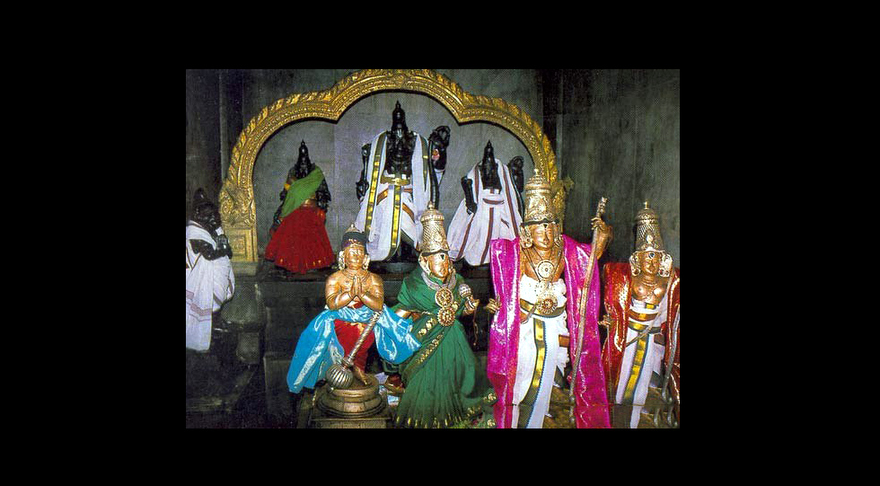
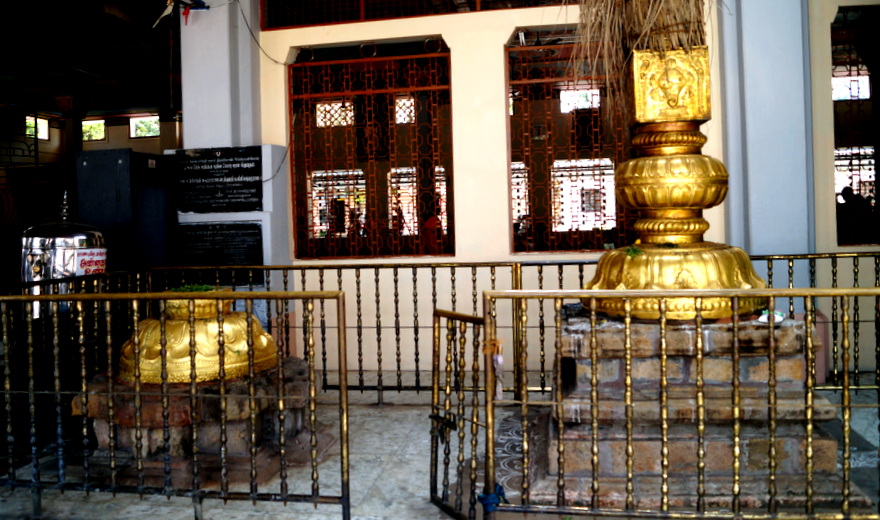

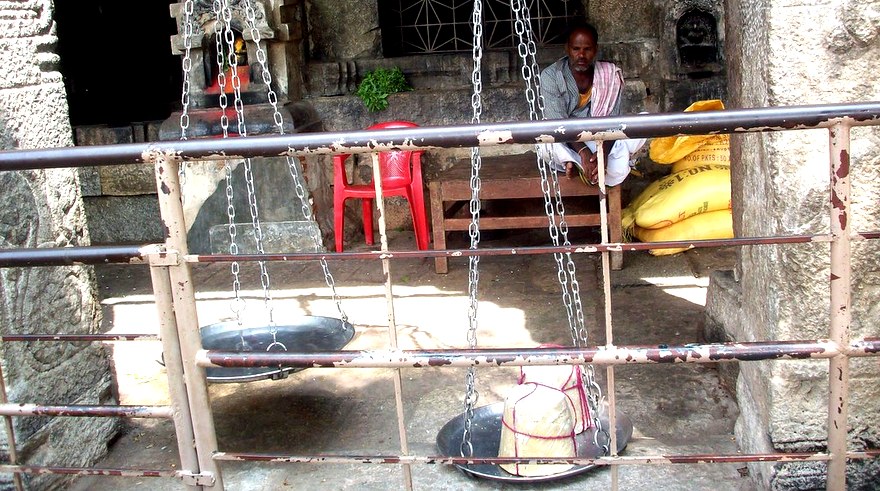

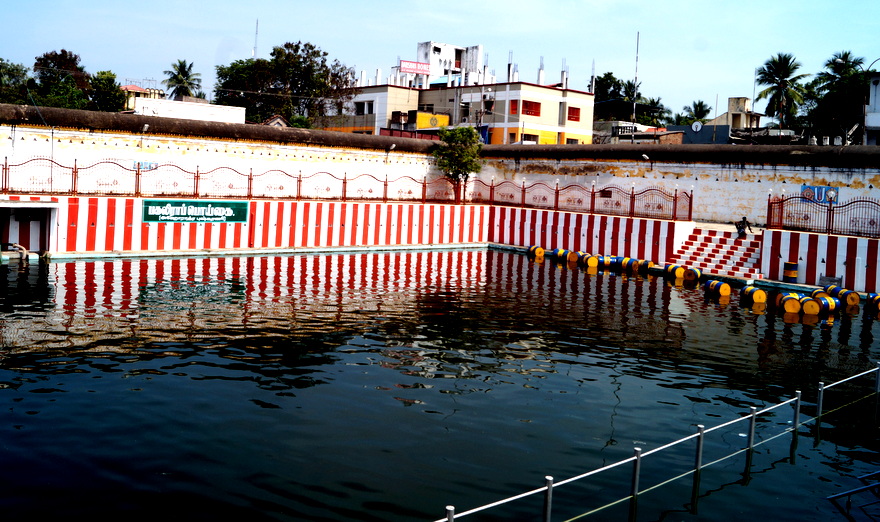
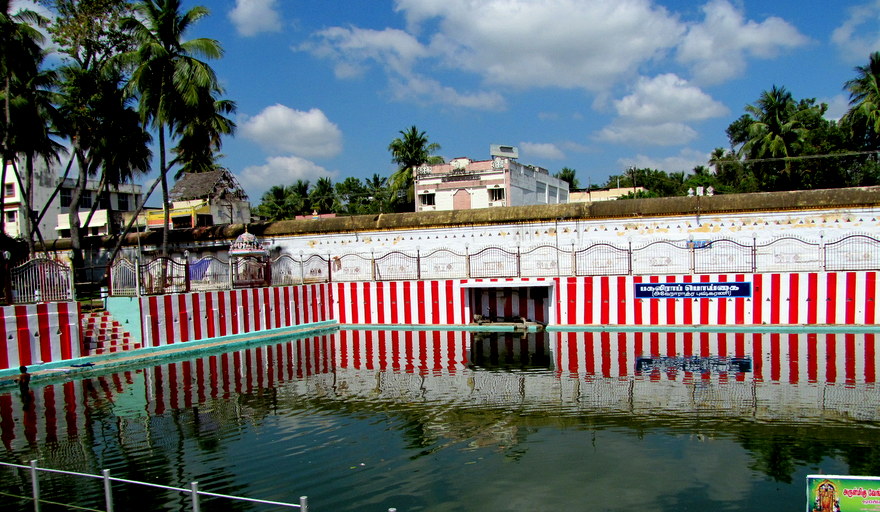

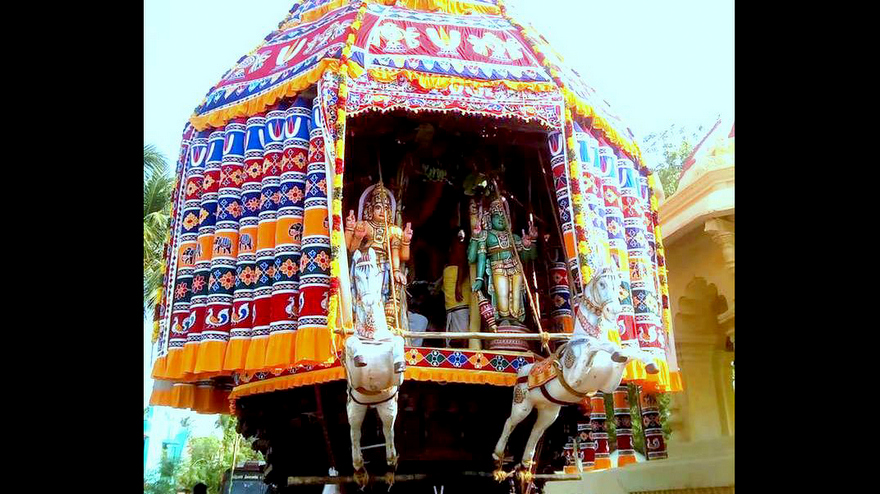
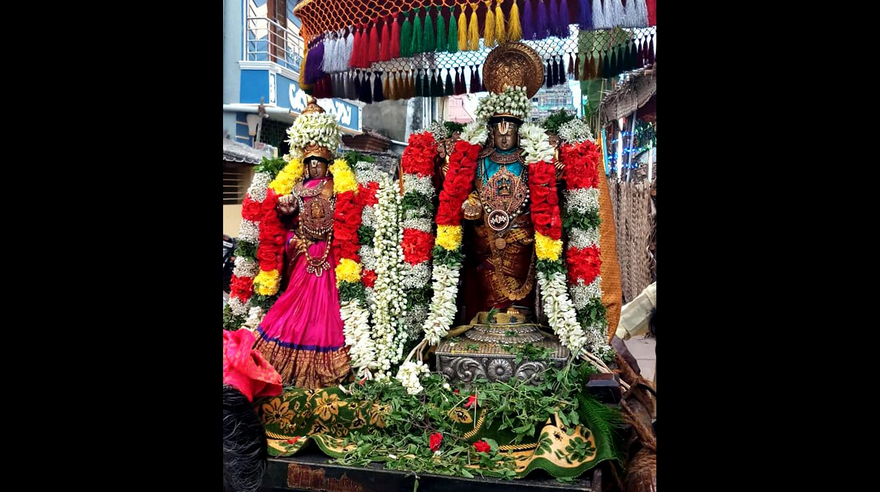
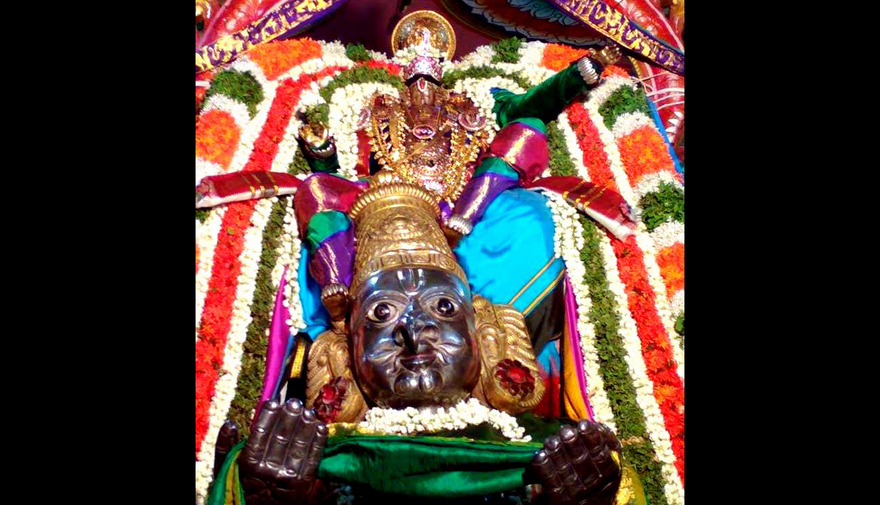

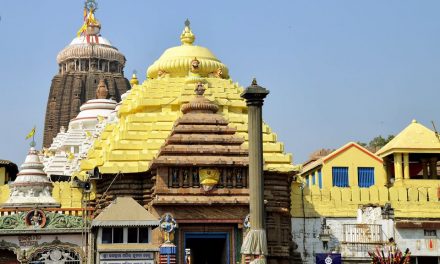









Very nice
WELL WRITTEN & VERY INFORMATIVE. THANK YOU
அருமையான தகவல்
Excellent article and very informative. Pictures are outstanding. Thanks.
Godsare reaally fascinating.. we may attempt to find Lord Venkataramana , Mahavishnu avoiding naivedyams without sugar. There may be . search need be. namo venkatesaya adbhuta ruci pravartkaya namo namh..Vishnu is Mahanarayana and hence He is the guide to all of us in all aspects.
we didn’t knew story of this temple that we read today so thank you so much for sharing that & god bless you for your wonderful work you doing its blessings for me
Good narration of the temple background. Many thanks
Excellent article with nice pictures also highly informative.
Thank you for a wonderful article. The pictures are fantastic. One small whinge and I hope you forgive me for saying this. I wish the the terms “Soul, Salvation” should be avoided, they have no place in our Dharma. Thanks
AN EXELLENT ARTICLE DEPICTING DIVYADESAMS-
I FEEL AS IF I HAD A PILGRIMAGE TO THIS TEMPLE.
NAMBI
Excellent write up about the history and background of the temple very enlightening
Om namo venkateshaiya
Partha
I will opine Uppiliappan to be the God worshipping whom can cure Blood pressure, Goitre and
other human body diseases.
My Obeisance to Shri Uppiliappan Swamyji, the Lord Vishnu’s reincarnation.
Well written article. However, there is an interesting variation in the Lord’s holy name.
The traditional name of the presiding deity is Oppiliappan–this is how He is referred to, by Acharyas.
Oppu in Tamil literally means comparison, while Uppu means salt. The suffix -ili that gets added to the word conveys the absense of the first part. Thus, Oppili means one that has no equal and Uppili means one that has no salt!
The author has referred to Swami Nammazhwar’s description of the Lord as Than-oppaar-illappan, which means He that has no equal–this is the exact description of the holy name Oppiliappan.
For His ardent devotees (like me), He’s both: One without an equal, and One that forsake salt in order to marry His divine consort.
Exceptional write up and leaves one wanting to visit.
🙏🙏🙏
Thanks. Your comments in english is so good, will reach all in perfect translation of original history. Please write about other historical temples also.